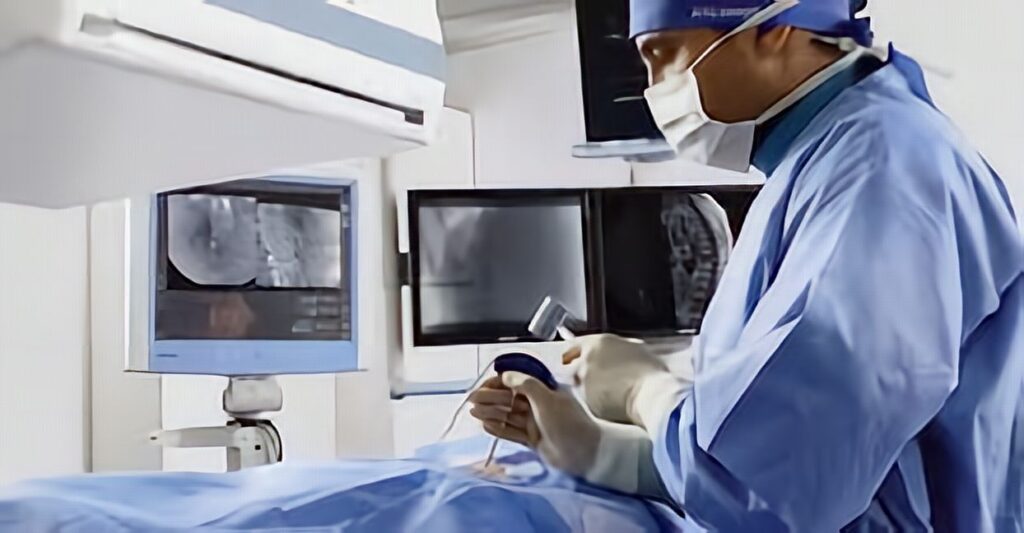Revolutionizing Orthopedics: The Power of Orthopaedic Suction Devices

Orthopedic surgery has come a long way in recent decades, thanks to advancements in technology and surgical techniques. One of the most innovative tools that has significantly contributed to the evolution of orthopedics is the orthopaedic suction device. These devices have revolutionized the field by improving surgical precision, reducing postoperative complications, and enhancing patient outcomes. In this article, we will delve into the world of orthopaedic suction devices, exploring their impact on orthopedic surgery.
What Are Orthopaedic Suction Devices?
Orthopaedic suction devices are specialized tools designed to remove fluids and debris from the surgical site during orthopedic procedures. These devices use a combination of vacuum and suction to efficiently eliminate blood, irrigation fluids, bone fragments, and other unwanted materials from the surgical field. Orthopaedic surgeons rely on these devices to maintain a clear and unobstructed view of the area they are operating on, allowing them to perform intricate procedures with precision.
Enhancing Surgical Precision
The clear visualization of the surgical field is essential for orthopedic surgeons. Any obstruction or debris can hinder their ability to make precise incisions, insert implants, and repair damaged tissues. Orthopaedic suction devices play a crucial role in removing unwanted fluids and materials, enabling surgeons to maintain a clean, unobstructed view throughout the procedure.
This enhanced visibility has a direct impact on the precision of surgical techniques. Whether it’s a knee replacement, spine surgery, or hip arthroplasty, orthopaedic suction devices ensure that surgeons can carry out these procedures with the utmost accuracy. This precision minimizes the risk of errors and complications, ultimately leading to better outcomes for patients.
Reducing Postoperative Complications
One of the significant benefits of orthopaedic suction devices is their ability to minimize the risk of postoperative complications. By effectively removing blood and debris from the surgical site, these devices reduce the likelihood of infection and inflammation, which are common concerns in orthopedic surgery.
Infection is a particularly serious complication that can lead to prolonged hospital stays, additional surgeries, and increased healthcare costs. Orthopaedic suction devices help maintain a sterile environment, significantly lowering the risk of infection, and ultimately, improving the patient’s recovery process.
Enhancing Patient Outcomes
The use of orthopaedic suction devices doesn’t only benefit surgeons but also has a direct positive impact on patients. By improving surgical precision and reducing postoperative complications, these devices contribute to better patient outcomes.
Patients undergoing orthopedic surgery often experience pain and discomfort, especially in the early stages of recovery. Orthopaedic suction devices help minimize tissue damage and inflammation, which can lead to reduced postoperative pain. Additionally, the reduced risk of complications means that patients can expect shorter hospital stays and faster recoveries.
Versatility in Orthopedic Procedures
Orthopaedic suction devices are versatile tools that find applications in various orthopedic procedures. Whether it’s a minimally invasive arthroscopy or a complex spinal fusion, these devices are adaptable to the specific requirements of the surgery.
In arthroscopic procedures, orthopaedic suction devices are crucial for maintaining a clear view through the small incisions made for the surgical instruments. In larger surgeries, such as joint replacements or spinal procedures, these devices help keep the surgical area free from debris, ensuring the success of the surgery.
Challenges and Advancements
While orthopaedic suction devices have transformed orthopedic surgery, there are still challenges that the field faces. Innovations continue to be made, with the focus on making these devices even more efficient and user-friendly. Advancements in materials, portability, and automation are some of the areas where researchers and manufacturers are currently concentrating their efforts.
In conclusion, orthopaedic suction devices have played a pivotal role in revolutionizing orthopedics. By enhancing surgical precision, reducing postoperative complications, and ultimately improving patient outcomes, these tools have become indispensable in the field of orthopedic surgery. As technology continues to evolve, we can expect further advancements in orthopaedic suction devices, making orthopedic surgery even safer and more effective for patients worldwide.
